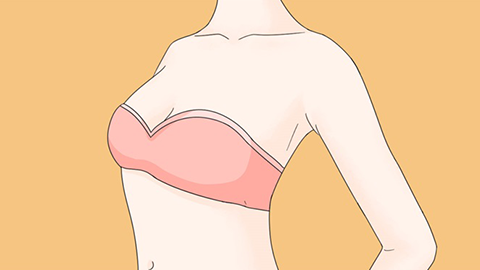Are there any side effects of areola reduction surgery?
Generally, areola reduction surgery may have side effects, which can include areola asymmetry, reduced sensation of the nipple and areola, infection, scar hypertrophy, hematoma formation, and others. Areola reduction surgery involves making circular, fan-shaped, or other incisions along the edge of the areola or centered on the nipple, removing part of the areola skin and subcutaneous tissue, and then precisely suturing the wound in layers to reshape the size and form of the areola, making it better matched with the overall appearance of the breast. The typical reference price for areola reduction surgery is 3,000-8,000 yuan per session, with visible improvement generally seen 3-6 months after surgery, although symptoms such as swelling and pain may accompany the recovery. Detailed analysis is as follows:

1. Areola Asymmetry
The surgery aims to adjust the size of the areola, but if there is a deviation in the preoperative design by the surgeon or an uneven amount of areolar tissue removed during the operation, it can easily lead to inconsistencies in the size and shape of the areolas on both sides.
2. Reduced Sensation of the Nipple and Areola
The nerve distribution in the areola and surrounding areas is complex. Improper use of surgical instruments and electrosurgical devices during the operation may damage nerve fibers. Once nerves are damaged, the tactile sensitivity of the nipple and areola will decrease, and patients may feel numbness and dullness when touching these areas.
3. Infection
Surgery is an invasive procedure. If the operating room environment does not meet aseptic standards, medical instruments are not thoroughly disinfected, or wound care is improper after surgery, pathogens such as bacteria and viruses may enter the body. After wound infection, symptoms such as redness, swelling, fever, pain, and even suppuration may appear, delaying wound healing.
4. Scar Hypertrophy
Due to individual differences in constitution, patients with a scar-prone constitution may easily develop hypertrophic scars during wound healing after surgery. Even if the surgeon uses fine suturing techniques, the wound area in these individuals may still become raised, widened, darker in color, and hardened, severely affecting the breast's appearance and making subsequent repairs difficult.
5. Hematoma Formation
If hemostasis is incomplete during surgery, continued bleeding from small blood vessels may cause blood to accumulate in the wound, forming a hematoma. Hematomas not only cause breast distension and discomfort but also provide a favorable environment for bacterial growth, potentially increasing the risk of infection.
It is recommended to visit a regular hospital and undergo the above procedures under the guidance of a qualified physician to ensure the safety and reliability of the surgery. After surgery, avoid prolonged pressure on the areola from tight underwear and reduce friction and irritation.






